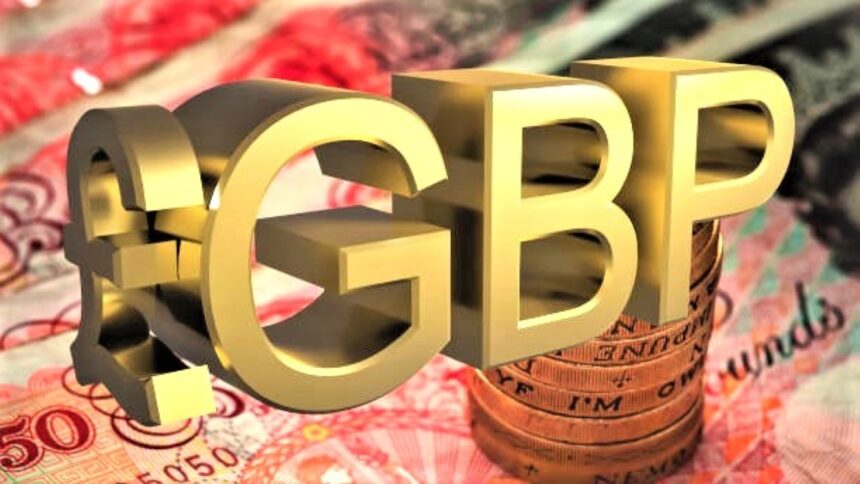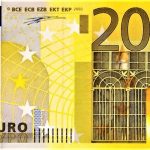Pound Sterling Finds a Footing as Fed Dovish Hopes Rise.
The Pound Sterling (GBP) rebounded modestly against the US Dollar (USD) in Tuesday’s European session, as increasing speculation over a dovish Federal Reserve (Fed) stance gave the British currency some much-needed relief. The GBPUSD pair climbed about 0.25% to hover near the 1.2850 level, attempting to recover from heavy losses seen over the past two days.
Yet, despite this slight uptick, the broader sentiment surrounding the Pound remains cautious. The economic clouds hanging over the UK, combined with rising fears of a global downturn driven by trade tensions, continue to weigh on investor confidence.
Fed Rate Cut Bets Drive Dollar Weakness
The Greenback’s recent softness stems largely from rising expectations that the US Federal Reserve may initiate interest rate cuts sooner than previously anticipated. According to the CME FedWatch Tool, market participants are now pricing in a strong likelihood of a rate cut as early as June.
This comes as traders grow increasingly nervous about the US economy’s vulnerability to a potential recession. With inflation easing and economic momentum slowing, the Fed might be compelled to resume its monetary policy easing cycle — a move that could weigh on the US Dollar and provide some temporary support to rival currencies like the Pound.
Goolsbee: “No Generic Answer” to Stagflation Risks
Adding fuel to the dovish fire, Chicago Fed President Austan Goolsbee acknowledged the complexity of the current economic environment in a recent interview. He cautioned that the return of aggressive tariffs, particularly under the Trump administration, could provoke retaliatory action from trade partners and reignite stagflation — a toxic mix of stagnation and inflation.
“There’s no generic answer for stagflation,” Goolsbee said, underlining the central bank’s need to remain flexible and driven by hard economic data rather than theoretical assumptions.
Trump’s Trade War Returns: A Global Storm Brews
The rekindling of trade tensions between the United States and China, triggered by President Donald Trump’s imposition of reciprocal tariffs, has shaken global markets. China has already responded with retaliatory measures, and the Eurozone is reportedly preparing its own counteractions.
While the brunt of this trade war is expected to fall on the US and China, the ripple effects are being felt worldwide — especially in economies that rely heavily on exports and global trade, such as the United Kingdom.
UK Faces Incoming Storm from Global Trade Shocks
Market experts warn that the UK could be significantly affected by this latest trade escalation. With Chinese manufacturers likely to divert their exports to markets outside the US, British firms could find themselves overwhelmed by a flood of cheap imports. Given China’s dominance in producing low-cost goods, UK businesses may struggle to compete on price, sparking a wave of domestic economic pain.
A surge in cheaper imports could undercut local industries, leading to declining business activity, rising unemployment, and increased pressure on the already strained UK economy. Such a scenario could spell trouble for the Pound Sterling in the medium term.
Starmer Vows to Shield British Firms
Recognizing the growing threat, UK Prime Minister Keir Starmer has pledged government support to protect domestic industries from the looming trade war fallout. Over the weekend, Starmer stated that his administration is prepared to implement an industrial policy aimed at safeguarding British businesses.
“We stand ready to use industrial policy to help shelter British business from the storm,” he said, signaling that the government is willing to intervene decisively to cushion the impact of external economic shocks.
BoE Under Pressure to Act
The Bank of England (BoE) is also under the microscope. With economic headwinds intensifying and inflation gradually cooling, the central bank has already cut interest rates once this year. Analysts expect at least two more cuts before the end of 2025 as the BoE attempts to support growth and avoid a deeper recession.
This potential dovish trajectory by the BoE — in line with that of the Fed — may limit GBP gains, especially if investors begin to factor in more aggressive rate cuts than currently anticipated.
Pound Sterling Lags Behind Peers
Despite Tuesday’s modest recovery, the Pound continues to underperform against other risk-sensitive currencies. Investors seem more comfortable placing their bets on assets less exposed to the fallout of a trade war or those backed by more resilient economic fundamentals.
The Pound’s weakness isn’t entirely surprising. With the UK economy facing both internal and external challenges — from weak consumer demand and slowing productivity to geopolitical uncertainty — the British currency lacks a clear bullish catalyst.
Key Data Releases Ahead
All eyes now turn to this week’s key economic releases. The US Consumer Price Index (CPI) for March is due on Thursday and is expected to provide further clarity on inflation trends in the world’s largest economy. Any sign of cooling inflation could strengthen the case for Fed rate cuts — weakening the Dollar further and potentially boosting GBP/USD.
On Friday, the UK will release its GDP data for February. A disappointing figure could reignite fears of a looming recession and put fresh pressure on the Pound. However, a better-than-expected number might offer temporary relief to Sterling bulls.
Conclusion: Pound Sterling Struggle Isn’t Over
While the Pound Sterling has found some temporary support from expectations of Fed rate cuts, the broader outlook remains murky. A combination of global trade tensions, domestic economic vulnerabilities, and the Bank of England’s dovish leanings could continue to cap any meaningful upside for the British currency.
Investors should brace for heightened volatility in the GBPUSD pair, especially as the next round of economic data unfolds. For now, Sterling may enjoy a breather, but the road ahead looks far from smooth.
[faq-schema id=”39335″]









